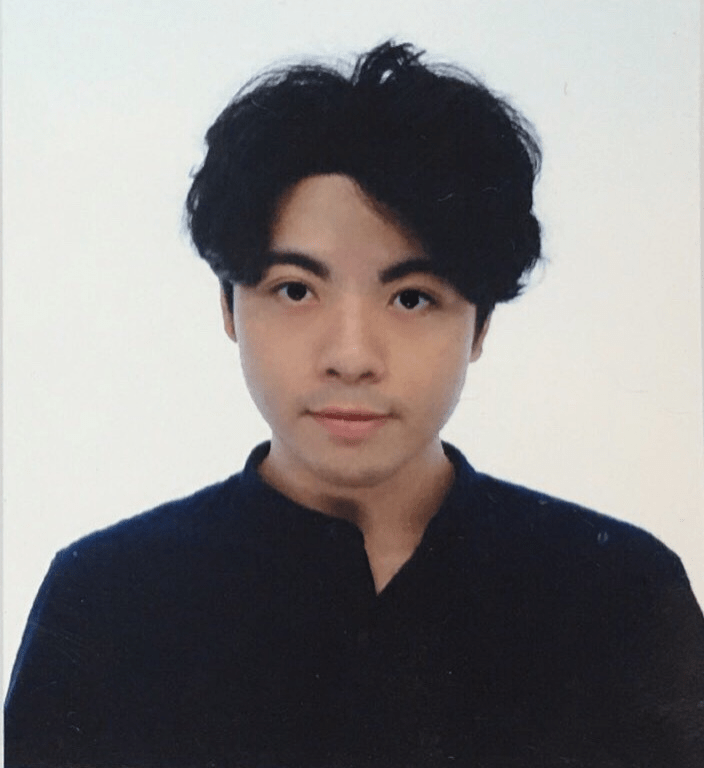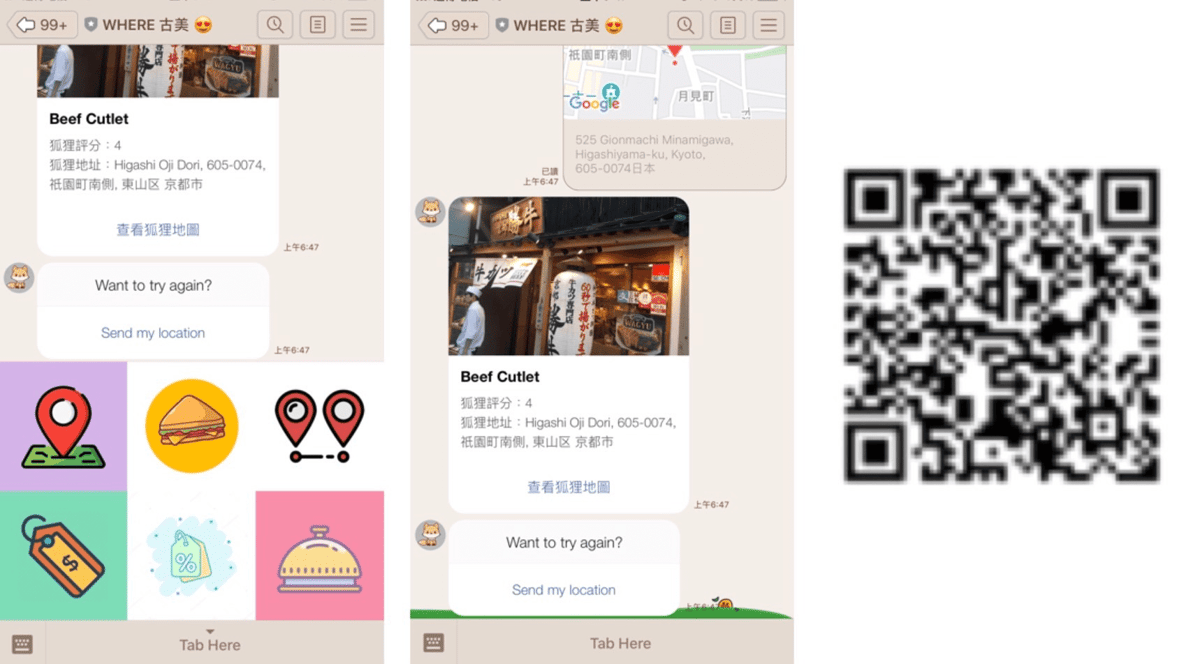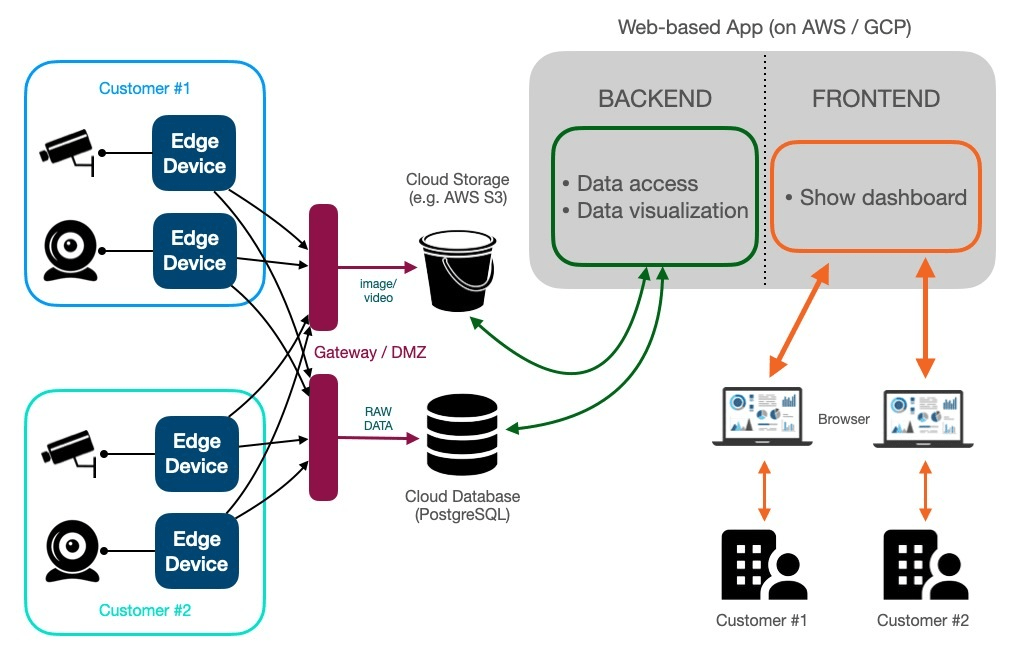
Shiau, Yi Luen
Taipei City, Taiwan
Skills
- C
- C++
- Python
- SIMetrix/SIMPLIS
- Tensorflow/Keras
- PyTorch
- Excel/PowerPoint
- Matlab
- MySQL/PostgreSQL
- R/SQL
- Git/Git-hub
- Amazon Web Services
- Flask/Django
- Heroku
- English — Advanced (TOEIC 785)
Education
Semiconductor Industry Bootcamp
National Yang Ming Chiao Tung University
Learning
1. Expertise in solid-state electronics or circuit systems
2. Design, simulate and analyze data of solid-state electronic or circuit systems
3. Use SIMetrix/SIMPLIS and Python to analyze and simulate electronics, circuits, electromagnetism
4. Theory of semiconductor manufacturing technology, semiconductor physics and devices
Nov 2021 - Feb 2022
Data Structures and Algorithms
A course taught by Professor Hsuan-Tien Lin, Department of Computer Science and Information Engineering, National Taiwan University.
Use C++ as the language to learn Array, Linked List, Stack, Queue, Container, Tree, Heap, and discuss how the programming process uses two resources, compute and memory, appropriately and efficiently.
Nov 2021 - Current
Machine Learning 2021
A course taught by Professor Hung-Yi LEE, Department of Electrical Engineering, National Taiwan University.
Solidly explain the theory of the latest and most classic models of machine learning and deep learning. Implement a model according to the homework of each class, and use different knowledge to improve the accuracy and robustness of the model.
Jun 2021 - Dec 2021
AI Applications Engineer
Wistron TibaMe and Institute for Information Industry
300 hours of intensive training by professional teachers from industries, learning python, wxformbuilder, Git, and Docker.
Also, SQL, HTML, Crawler, Chatbox, Cloud Platform (AWS), and Flask/Django.
Learning the theory and implementation of machine learning and deep learning.
An eight-person team collaborates to do a project and present it to guests from different companies.
Jun 2020 - Oct 2020
Python for Data Science and Machine Learning Bootcamp
Using Python for Data Science and Machine Learning
Using Spark for Big Data Analysis
Implement Machine Learning Algorithms
Learn to use NumPy, Pandas, Matplotlib, Seaborn, Plotly, and SciKit-Learn
K-Means Clustering, Logistic Regression, Linear Regression, Random Forest and Decision Trees, Natural Language Processing and Spam Filters, Neural Networks, Support Vector Machines
May 2020 - Jul 2020
HarvardX's Professional Certificate in Data Science
Use R language, and learn statistics such as probability, inference, and modelling.
Apply them in real situations. Learn to use the tidyverse, including using ggplot2 for data visualization, and using dplyr for data wrangling.
Unix/Linux, git/GitHub, RStudio, and Implement the ML algorithm.
Apr 2020 - Jul 2020

Fu Jen Catholic University
Physics
2015 - 2019
Projects

WHERE GOURMET
Use Line Chatbox and Google Maps to randomly recommend nearby food. Let users get inspiration about what to eat through simple operations.

AIoT PeopleFlow Analysis Platform
Train CNN model, and use Jetson Nano and lenses to implement a real-time PeopleFlow analysis platform, use algorithms to calculate the number of people entering the venue and face recognition to analyze gender and age information; then use PostgreSQL & Amazon RDS database to operate the data, and use AWS EC2 and Django make a real-time Dashboard web platform.
Sensors of Semiconductor Manufacturing with Logistic Regression
A semiconductor manufacturing process is normally under constant surveillance via the monitoring of signals/variables collected from sensors, but they are not all equally valued.
Use machine learning to build a classifier to predict the Pass/Fail yield of a particular process and obtain key feature vectors that decide the prediction, in other words, affects the product to pass the QA test.
Capacitively Coupled Amplifier
The principle of the capacitively coupled amplifier and its frequency response bode plot.
Simulate it with SIMETRIX and Python.
